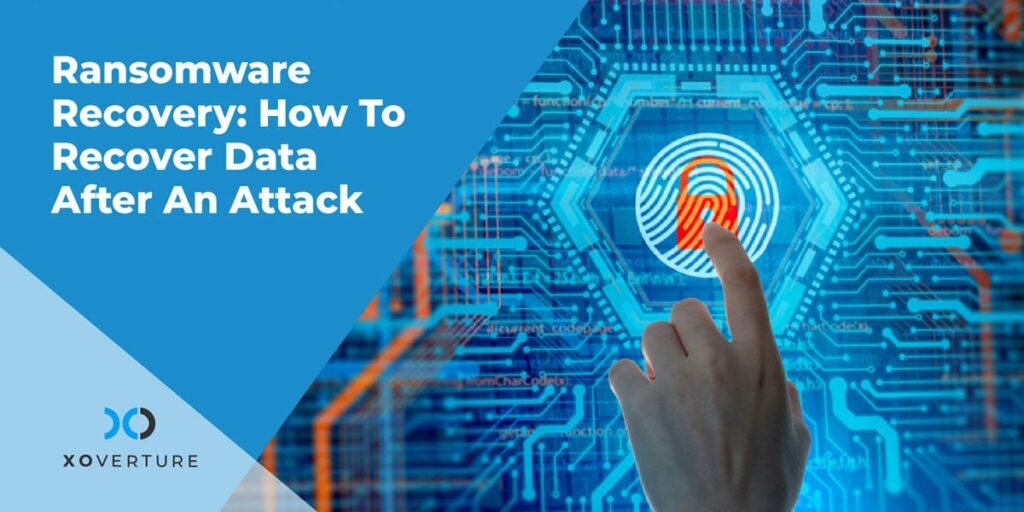Importance of Firewall Audit
To get rid of malicious traffic from your company’s network, installing a firewall is important. Firewalls use signature-pattern to detect malicious payload and rule-pattern to detect unauthorized traffic. However, when the malicious payloads become more sophisticated and evolve rapidly, signatures must also be updated accordingly.
It is critical to manage and specify rules of the firewall properly. A single error in rule management can put the entire network in danger. Hackers and cybercriminals are always on the lookout for these errors. That is why you need to embrace a key philosophy: security is not a product; it is an ongoing process. You must update your systems, fix the bugs, and audit your security measures and this is precisely why a firewall audit is needed.
How to Perform Firewall Audit?
Follow these steps to conduct a firewall audit.
1. Collect Key Information
You can’t perform a successful audit unless you gain in-depth visibility into your network – hardware, software, policies, and risks. Here is what you will need:
- Overview of all the internet service providers (ISPs) and virtual private networks (VPNs).
- Documents and reports from earlier audits that include firewall objects, rules, and policy revisions.
- Copies of security policies.
- Access to firewall logs for analysis.
- Firewall vendor information, including OS version, default configuration, and latest patches.
Once you obtain this information, document, store, and consolidate it in a way that allows sharing it with the relevant IT stakeholders. This way, it will be easier to review procedures and policies and track their impact.
2. Assess the Change Management Process
Firewall changes can be executed and traced properly through a stable change management process. Inadequate change documentation and unreliable validation of how the changes affect the network leads to a myriad of issues. Assess the procedures for rule-base change management by reviewing the following:
- Is someone testing the changes?
- How are the requested changes being approved?
- Who is implementing the changes?
You have to ensure that a formal process is put in place for firewall changes, so they are requested, reviewed, approved, and implemented accordingly.
3. Audit the OS and Physical Security
See to it that you can neutralize common cyber threats, both from your firewall’s physical and software security perspective.
- Introduce controlled access to secure firewall and management servers.
- Evaluate the procedures deployed for device administration.
- Assess whether the OS passes standard hardening checklists.
- Verify the implementation of vendor patches and updates.
- Maintain a list of authorized personnel allowed to access the firewall server rooms.
4. Declutter and Improve the Rule Base
Take your firewall performance and IT productivity to the next level by cleaning up your firewall and optimizing the rule base.
- Remove covered rules that don’t serve any purpose.
- Disable unused and expired objects and rules.
- Assign priority to firewall rules in terms of performance and effectiveness.
- Get rid of unused connections, including irrelevant routes.
- Use object-naming conventions
- Assess VPN parameters to locate expired groups, unattached groups, expired users, unattached users, and unused users.
- Determine permissive rules by assessing the policy usage against firewall logs.
- Find rules that are similar and merge them into a single rule.
5. Perform a Risk Assessment and Fix Issues
A detailed risk assessment is used to discover risky rules and ensure that rules comply with internal policies and relevant regulations and standards.
Use industry standards and best practices to identify risky rules and prioritize in terms of severity. This is something that is subject to every organization, based on their network and criteria for acceptable risk. Validate the following:
- Do existing rules permit risky services from your DMZ to your internal network?
- Do existing rules permit risky services inbound from the Internet?
- Do existing rules permit risky services outbound to the Internet?
- Does any firewall rule contain “ANY” in any user field?
- Do existing firewall rules affect your corporate security policy?
Review firewall configuration and rules against your industry or regulatory standards, such as J-SOX, FISMA, Basel-II, NERC CIP, ISO 27001, SOX, and PCI-DSS.
6. Conduct Ongoing Audits
Once you succeed with your first firewall audit, ensure continuous compliance with these tips:
- Establish a repeatable process for regular auditing.
- Implement automated analysis and reporting to replace error-prone manual tasks.
- Create an alerting process that notifies you of critical activities and events, such as when a high severity risk is identified in the policy or when certain rules are modified.
Do you need help with your firewall audit? Contact XO. Whether you have a traditional or next-generation firewall, we can lay the foundation of a firewall audit that transforms your cybersecurity infrastructure into an impenetrable fortress.




